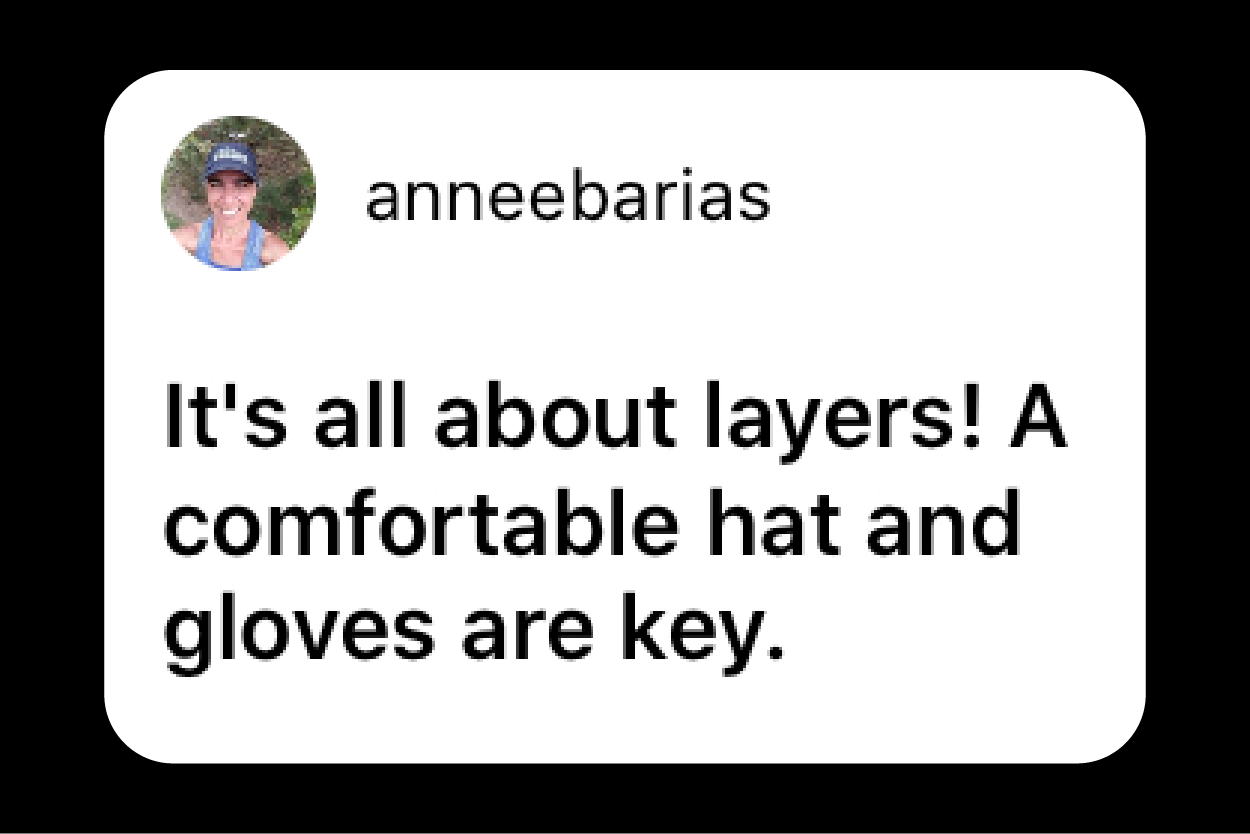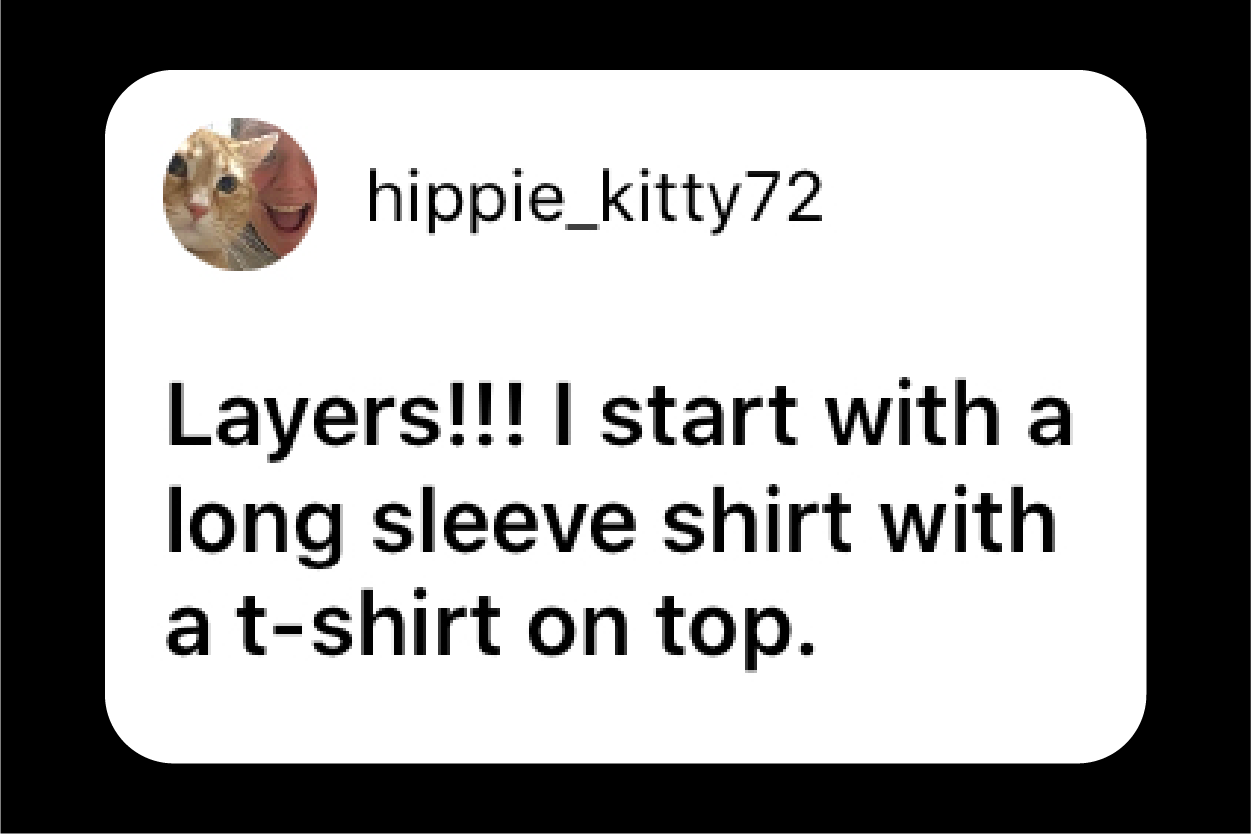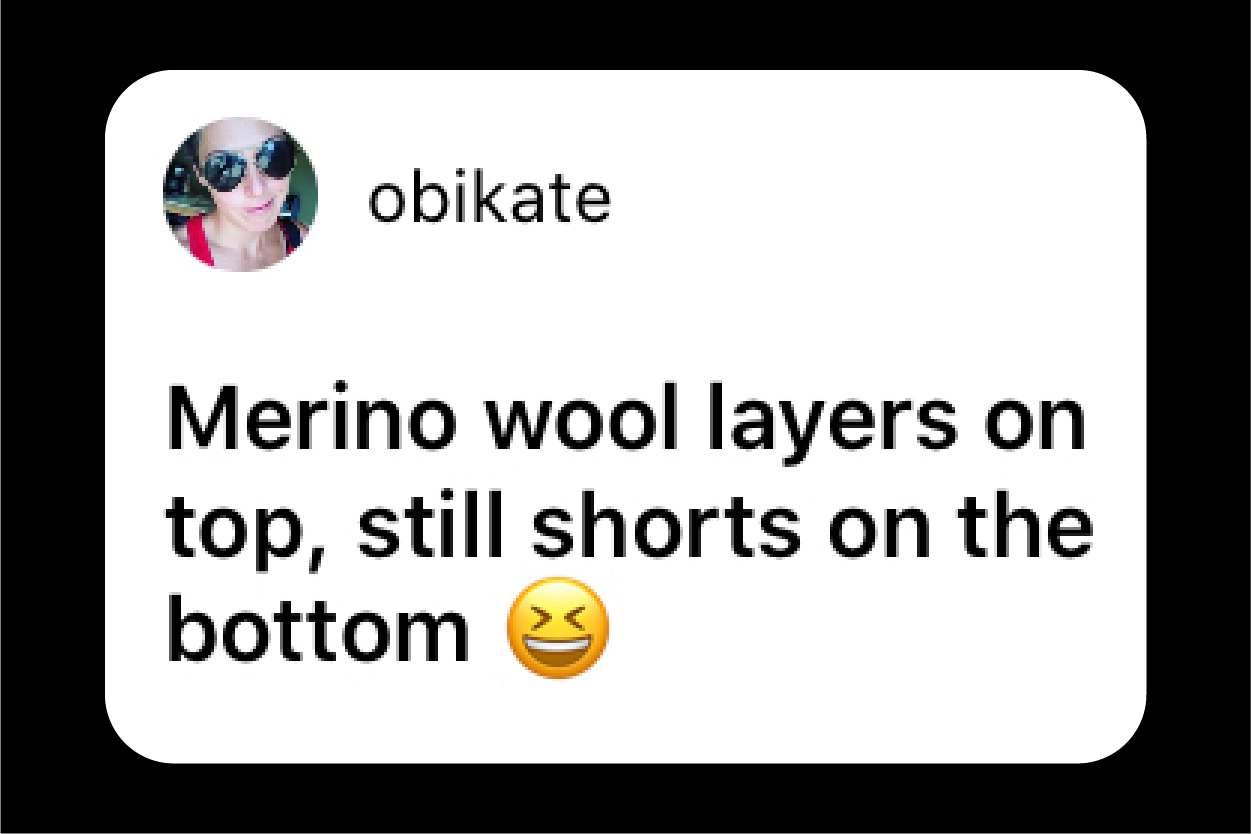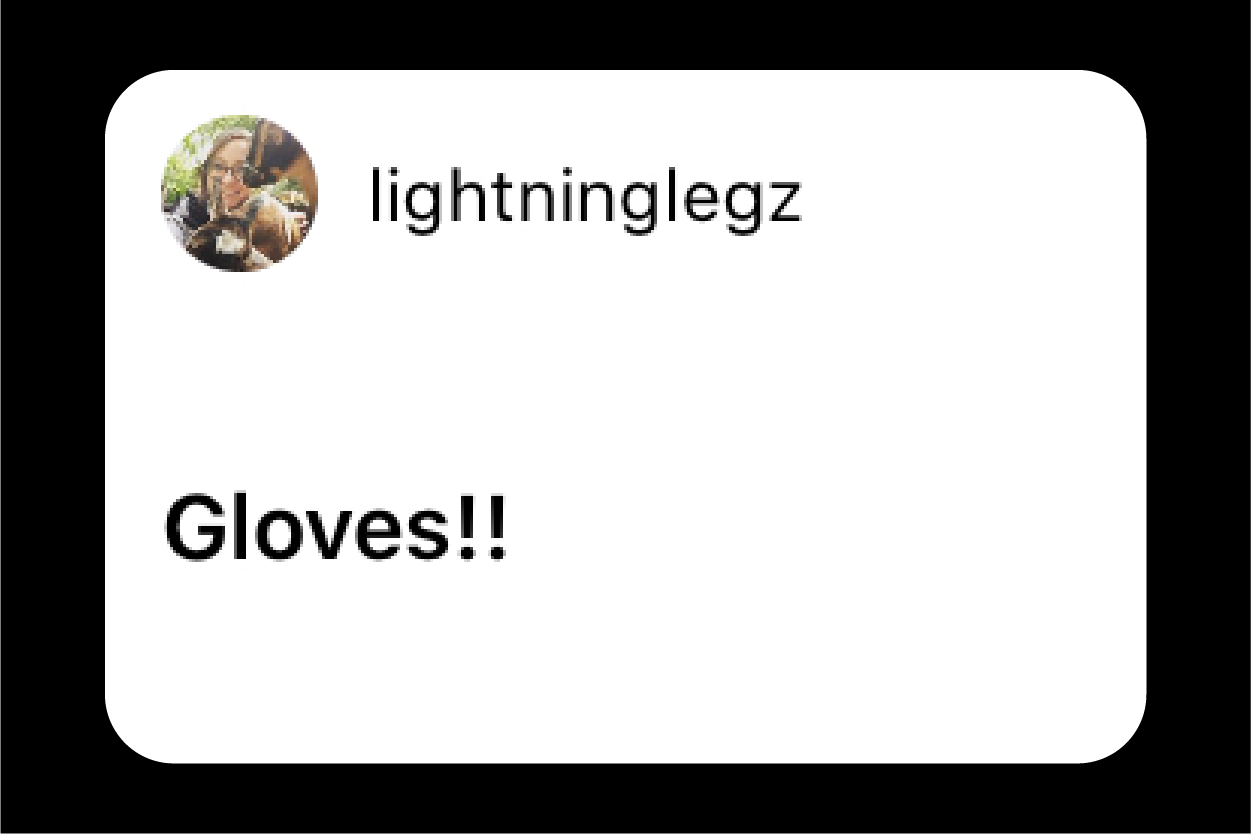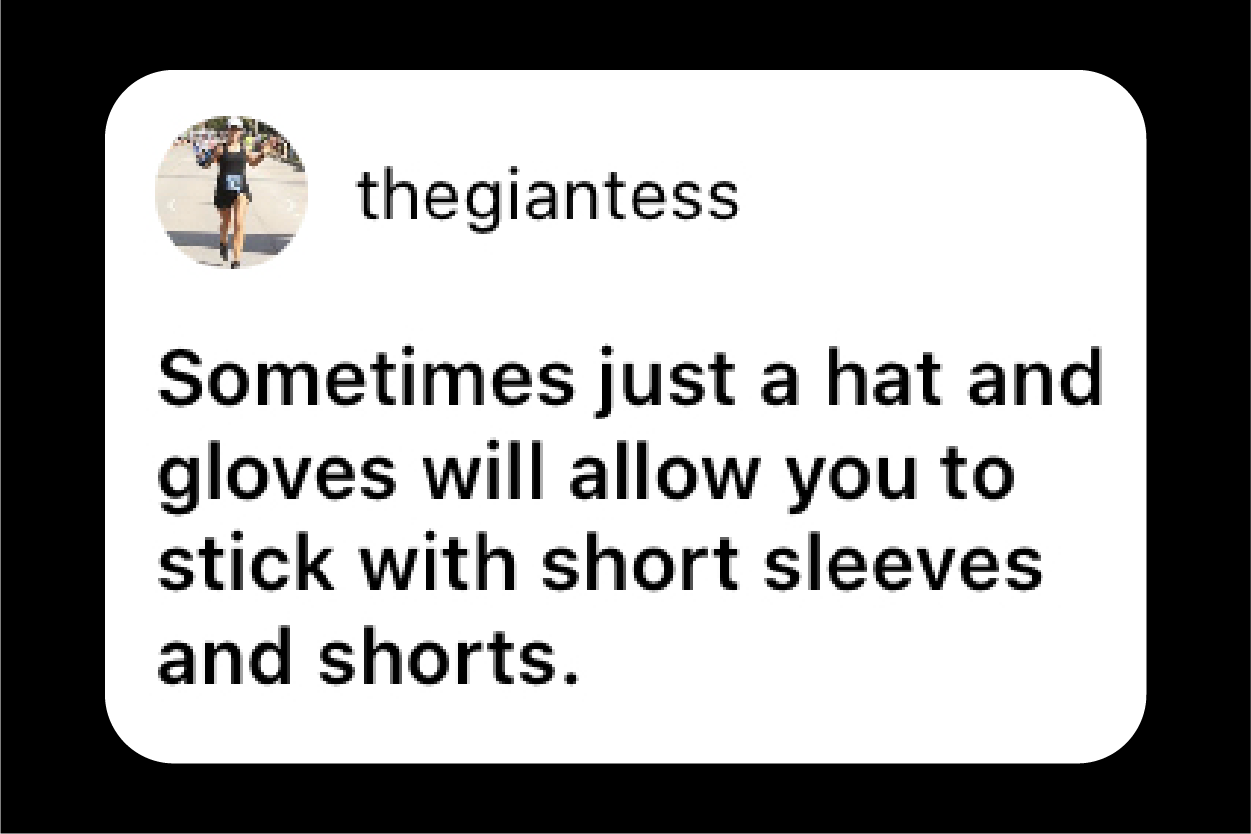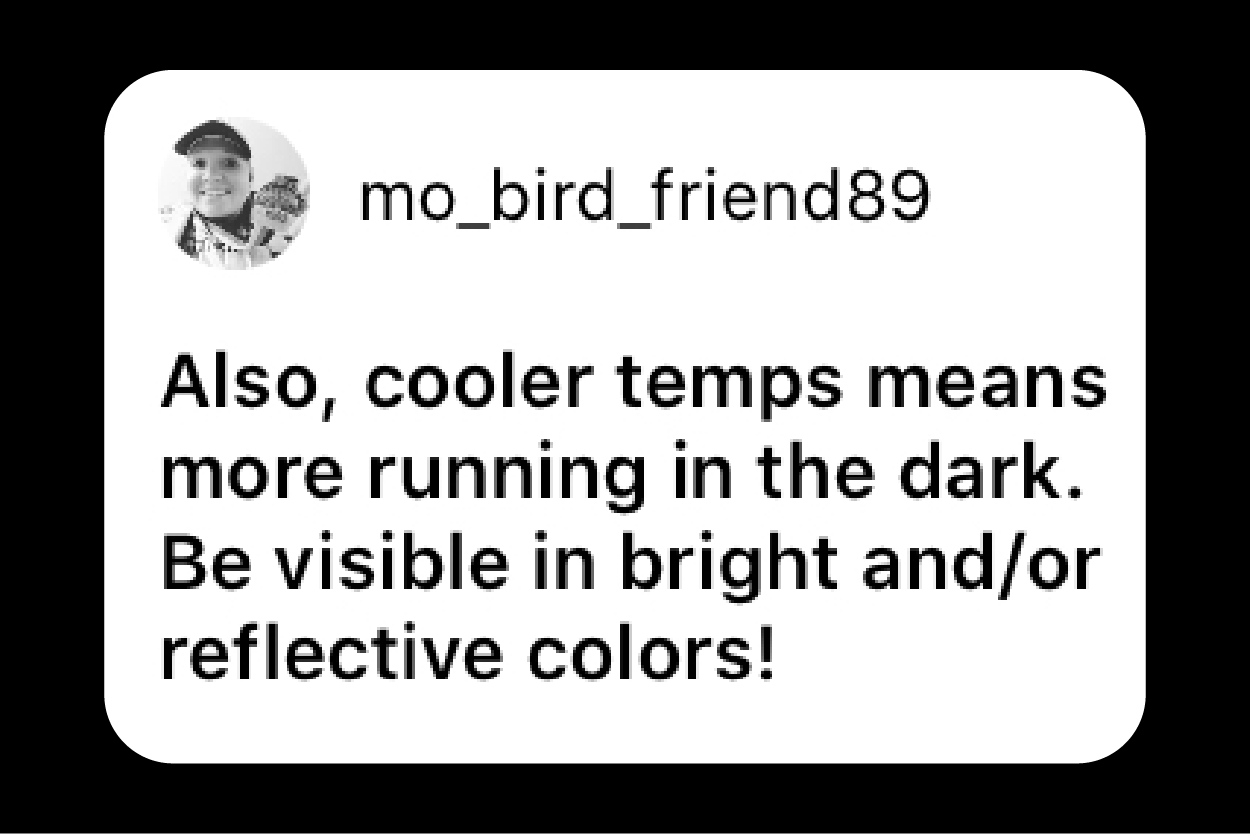What to Wear Running When the Season Changes
Most runners will agree that fall is the perfect running season. The air is crisp, the trees vibrant (all 45,000 of them in the Park are changing as I write). Marathon season is in full swing.
Researchers from the University of Tulsa reviewed race and weather data from past Olympic events and confirmed that fall is optimal for running. They found that the ideal temperature for running a marathon is 49.4 degrees Fahrenheit for men and 51.8 degrees Fahrenheit for women.
But inevitably, after fall, winter hits and temperatures drop, and if you’re anything like me, getting outside for a run becomes harder and harder as the days become shorter and colder. With a little preparation, however, you can keep up your outdoor running schedule — it just requires the right gear, and no, that doesn’t mean you have to dress like Ralphie in A Christmas Story to stay warm.
We took to Instagram to ask seasoned Forest Park runners what advice they have for dressing for cold weather runs, and they shared these five tips with us.
Layers
Dressing in layers was the most recommended tip. The length and intensity of a run can significantly change your body’s temperature, so dressing in layers allows you to make adjustments mid-run.
Compression and Wool Clothing
Look for fabrics that wick moisture away from your body. Compression tights can help keep your legs warm and help with muscle fatigue.
Dress for Warmer Temps
If you are comfortable in the amount of clothes you are wearing before you start your run, you are over dressed. Your body will heat up as soon as you start running, so it’s best to dress for warmer temperatures.
Accessories
Sometimes just adding a hat or gloves will provide you enough warmth that you can still wear shorts and a short-sleeve shirt. The key is to know what works best for you. My fingers get cold, so I wear gloves long before most runners would even consider it.
Reflective Gear and Lights
With shortened days, runners are often heading out in the darkened hours. It’s important to wear reflective gear so cars can see you. Bright colors are easiest to be seen. A light is also helpful in seeing irregularities in the pavement.
If you’re still unsure what to wear, there’s a helpful page provided by Runner’s World that takes the guessing out of it. Just enter some information about you and the conditions, and it will generate a recommendation on what to wear … even down to sunglasses and sunblock.


